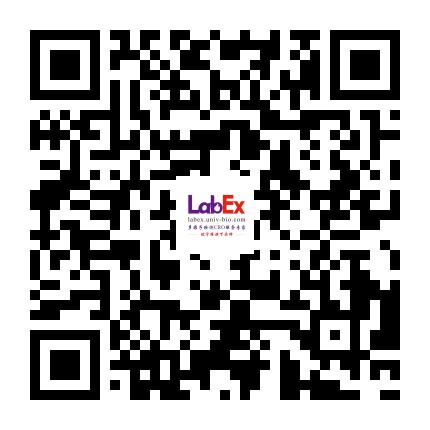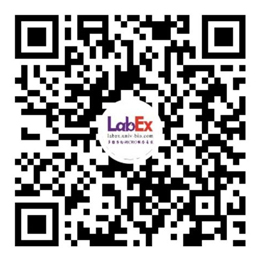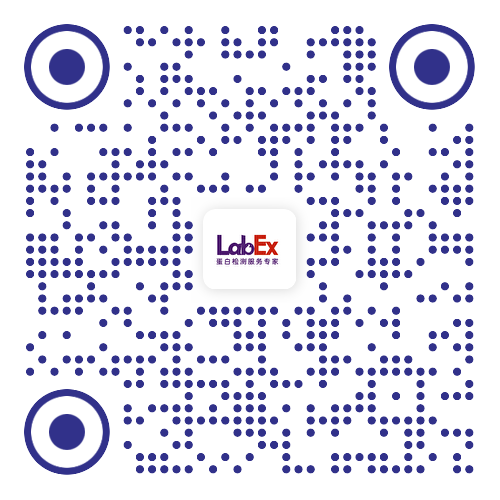Osteopontin mediates Citrobacter rodentium-induced colonic epithelial cell hyperplasia and attaching-effacing lesions
Cytokines;Chemokines;细胞因子;趋化因子;MSD;Cytokines;Chemokines- Am J Pathol
- 2010
- 3.6
- 37(3):541-52.
- Human,Mouse,Non-Human Primate,Rat
- MSD
- 免疫/内分泌
- Colon homogenates
- 免疫/内分泌
- 上皮细胞
- IL-10,IL-12 Total,IL-17A,IL-2,IL-4,IL-5
- doi: 10.2353/ajpath.2010.091068.
相关货号
LXMH06-1LXMH07-1LXMH07-4LXMH09-1LXMH09-2LXMH10-9LXMH111-1LXMH14-1LXMH44-1LXMH46-1LXMH54-1LXMH87-1LXMM08-1LXMM09-2LXMM10-2LXMM10-4LXMM14-1LXMM50-1LXMM58-1LXMN05-1LXMN06-3LXMN12-1
Abstract
The aim of the present study was to determine whether systemic sensitisation and chronic aeroallergen challenge in macaques replicate the classical and emerging immunology and molecular pathology of human asthma. Macaques were immunised and periodically challenged over 2 yrs with house dust mite allergen. At key time-points, serum, bronchoalveolar lavage (BAL) and bronchial biopsies were assayed for genes, proteins and lymphocyte subpopulations relevant to clinical asthma. Immunisation and periodic airway challenge induced changes in immunoglobulin E, airway physiology and eosinophilia consistent with chronic, dual-phase asthma. Sensitisation increased interleukin (IL)-1β and -6 concentrations in serum, and IL-13 expression in BAL cells. Airway challenge increased: early expression of IL-5, -6, -13 and -19, and eotaxin; and variable late-phase expression of IL-4, -5 and -13, and thymus- and activation-regulated chemokine in BAL cells. CD4+ lymphocytes comprised 30% of the CD3+ cells in BAL, increasing to 50% in the late phase. Natural killer T-cells represented <3% of the CD3+ cells. Corticosteroid treatment reduced serum histamine levels, percentage of CD4+ cells and monocyte-derived chemokine expression, while increasing CD3+ and CD8+ cells in BAL. Sensitisation and periodic aeroallergen challenge of cynomolgus macaques results in physiological, cellular, molecular and protein phenotypes, and therapeutic responses observed in human asthma, providing a model system useful in target and biomarker discovery, and translational asthma research.
金课堂之文献解析 文献原文请点击
本网站销售的所有产品及服务均不得用于人类或动物之临床诊断或治疗,仅可用于工业或者科研等非医疗目的。











 沪公网安备31011502400759号
沪公网安备31011502400759号
 营业执照(三证合一)
营业执照(三证合一)


